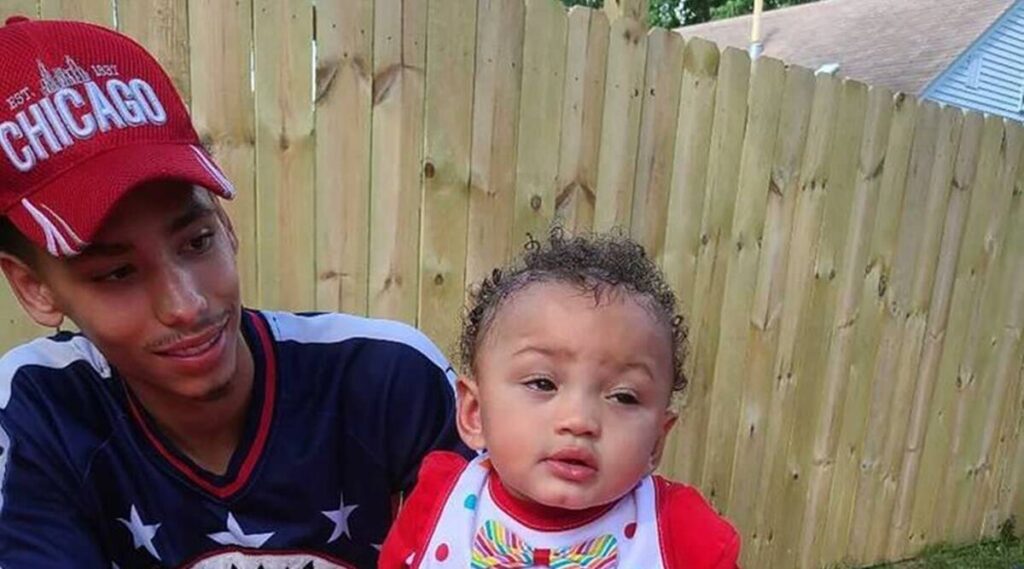The fatal shooting this month of Daunte Wright by a Minnesota patrol police

Tasers are designed as non-lethal weapons, a tool for law-enforcement officers to safely subdue noncompliant suspects. Had officer Kim Potter drawn the intended weapon and tased Wright instead of shooting him, the 20-year-old Black man might be alive today.
Yet Potter’s mistake was no anomaly.
It’s part of a pattern of sloppy, reckless and deadly use of the weapon involved in hundreds of deaths and injuries in the past decade because of substandard or inconsistent training for law enforcement, an investigation by USA TODAY and the Arnolt Center for Investigative Journalism at Indiana University found.
The fatal shooting this month of Daunte Wright by a Minnesota patrol officer who allegedly confused her pistol for a Taser had every appearance of a freak accident.
Reporters at USA TODAY and the Arnolt Center scoured hundreds of pages of arrest and court documents from Pennsylvania to California, interviewed dozens of attorneys, law enforcement and criminal justice experts, and analyzed scores of documents. Among the findings:
- In the absence of federal guidance, most decisions about Taser use and training are left to individual agencies. While some have adopted strict Taser policies and use-of-force reports, others give officers the tool without training. The result is a hodgepodge of guidelines with no outside oversight.
- Compared with firearms training, Taser instruction is treated as an afterthought in many departments and training academies. The Indiana Law Enforcement Academy, for example, does not include Taser training in its 16-week police cadet training curriculum. One suburban Philadelphia police department allowed virtually all its officers to carry Tasers with lapsed certifications.
- Taser-like devices are marketed as a less-lethal option for emergency self-defense and preventing harm. But police have been accused of using them as punishment, repeatedly firing 50,000 volts of electricity into individuals when there is no apparent imminent threat of harm, temporarily paralyzing the nervous system and muscles.
- Four of five cases that ended in death began as calls for non-violent incidents, and 84% were unarmed. In cases where race could be determined, Black people accounted for nearly 40% of those killed, about three times their share of the U.S. population.
